
How to Use Silicone Heater Mat: Examples, Pinouts, and Specs
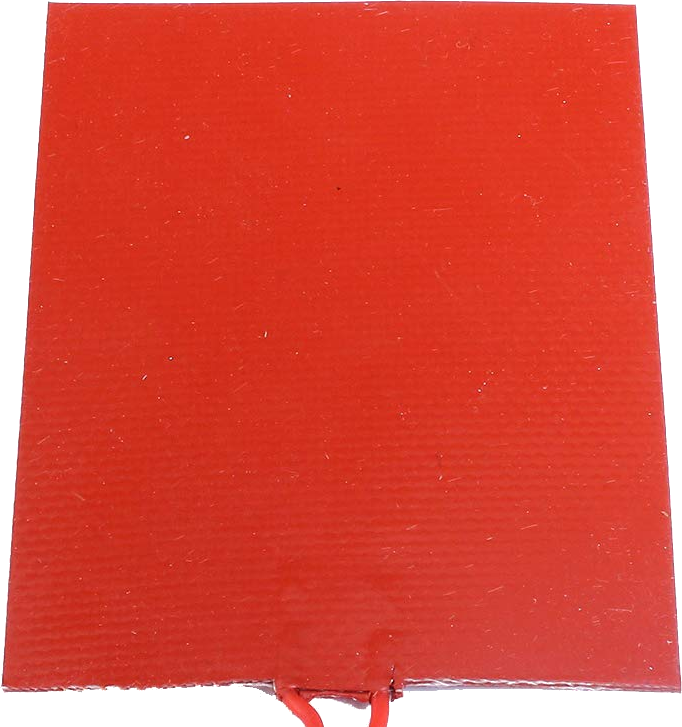
 Design with Silicone Heater Mat in Cirkit Designer
Design with Silicone Heater Mat in Cirkit DesignerIntroduction
The Silicone Heater Mat, manufactured by Icstation, is a flexible heating element designed to provide uniform heat distribution across its surface. Made from durable silicone rubber, this heater mat is ideal for applications requiring consistent and reliable heating. Its flexibility allows it to conform to curved or irregular surfaces, making it a versatile solution for a wide range of heating needs.
Explore Projects Built with Silicone Heater Mat
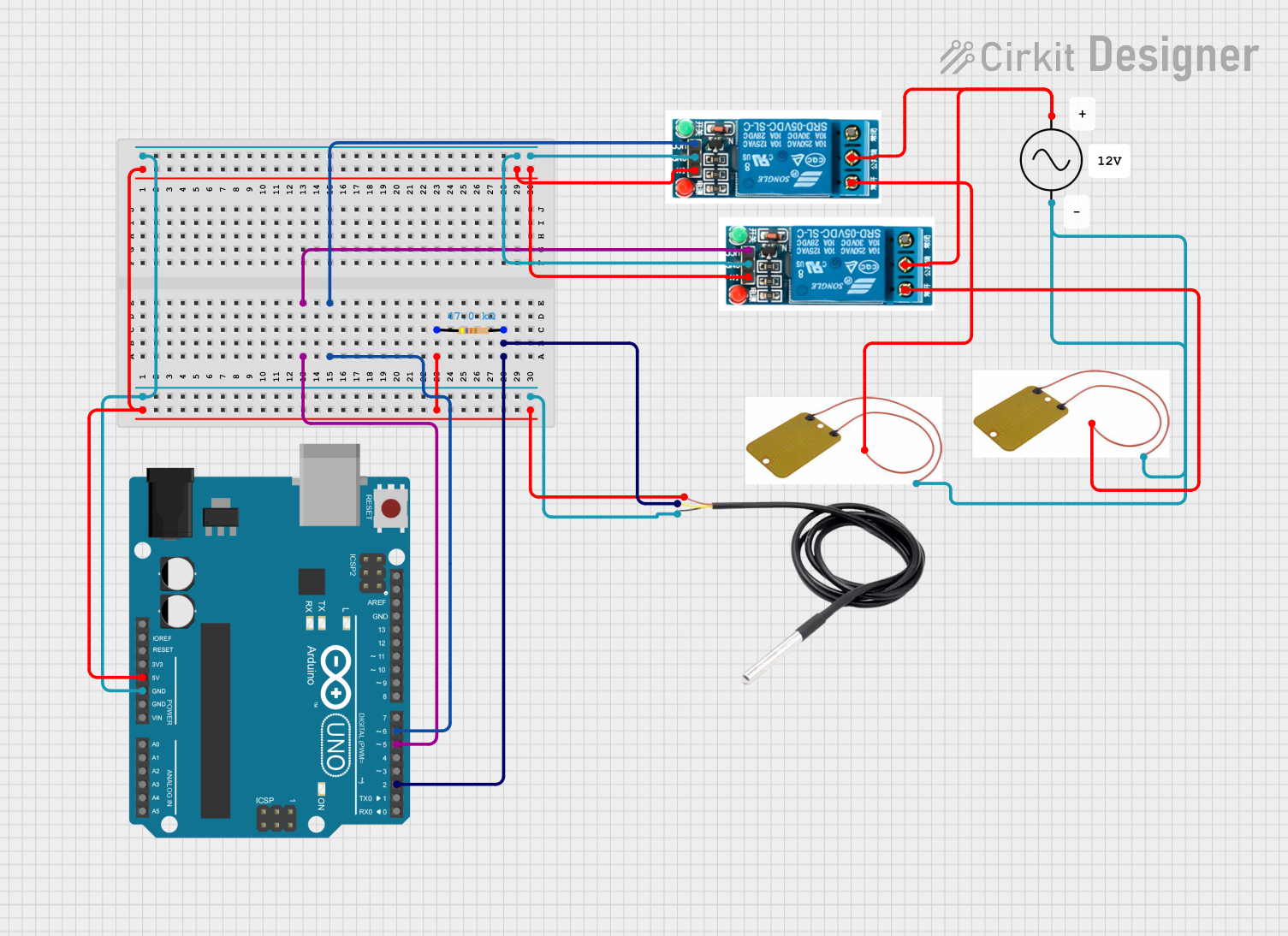
 Open Project in Cirkit Designer
Open Project in Cirkit Designer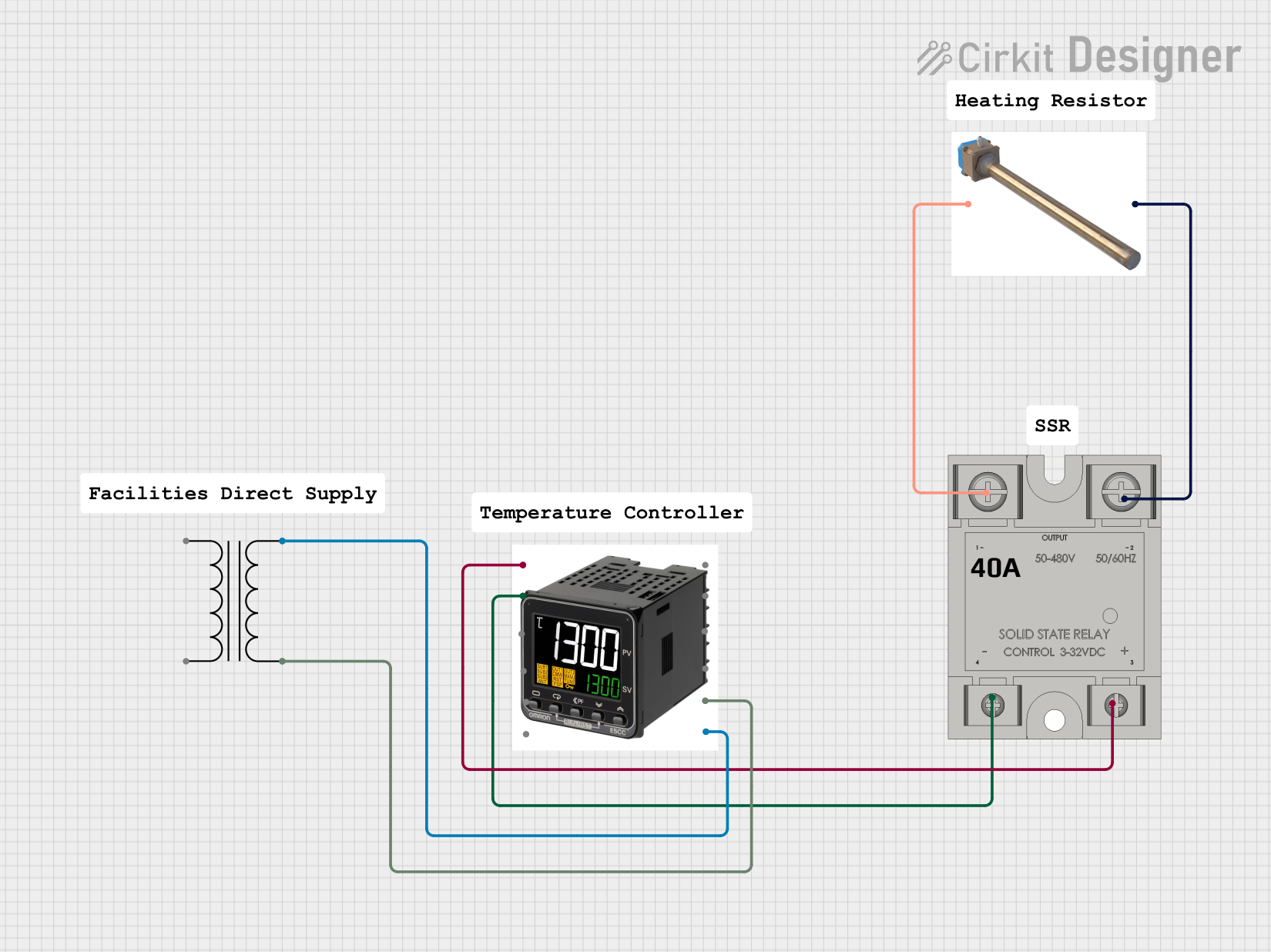
 Open Project in Cirkit Designer
Open Project in Cirkit Designer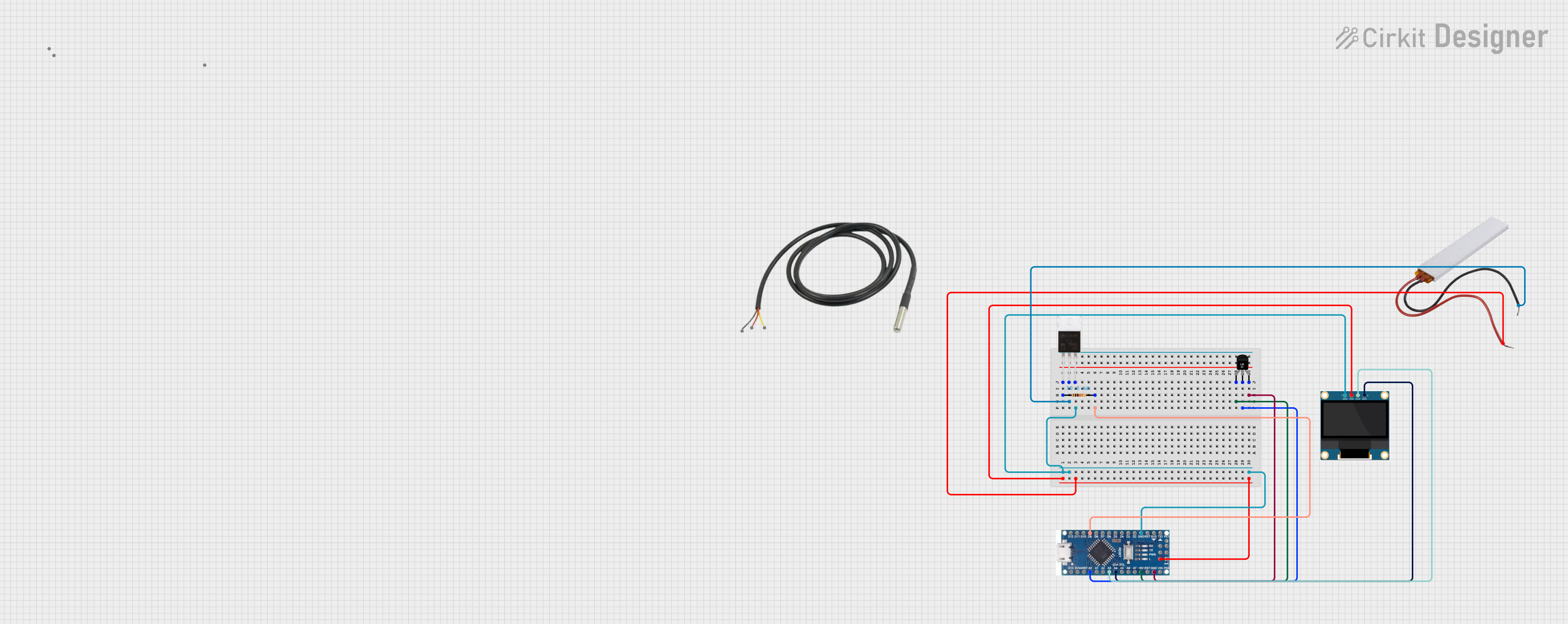
 Open Project in Cirkit Designer
Open Project in Cirkit Designer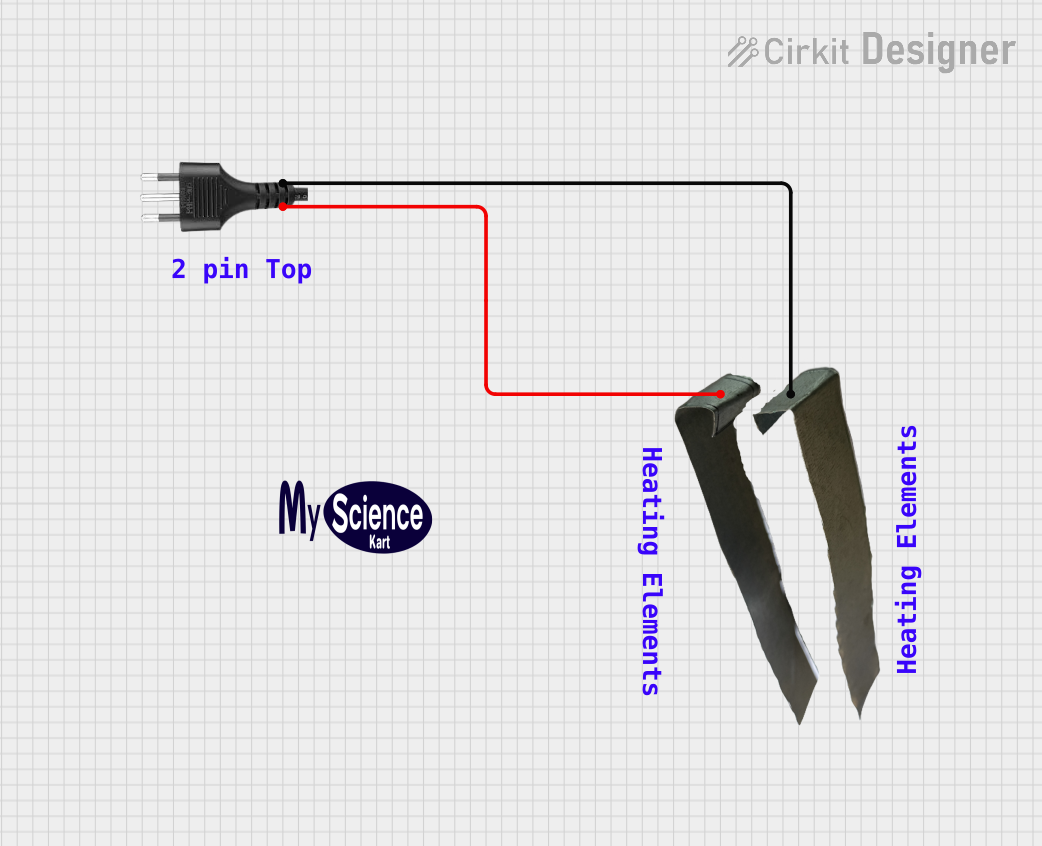
 Open Project in Cirkit Designer
Open Project in Cirkit DesignerExplore Projects Built with Silicone Heater Mat

 Open Project in Cirkit Designer
Open Project in Cirkit Designer
 Open Project in Cirkit Designer
Open Project in Cirkit Designer
 Open Project in Cirkit Designer
Open Project in Cirkit Designer
 Open Project in Cirkit Designer
Open Project in Cirkit DesignerCommon Applications and Use Cases
- 3D Printing: Used as a heated bed to prevent warping of printed objects.
- Industrial Equipment: Maintains optimal operating temperatures for machinery.
- Laboratory Use: Heats samples or materials in scientific experiments.
- Food and Beverage: Keeps food warm or prevents liquids from freezing.
- Automotive: De-ices or warms components in vehicles.
Technical Specifications
The following table outlines the key technical details of the Silicone Heater Mat:
| Parameter | Value |
|---|---|
| Material | Silicone Rubber |
| Voltage | 12V, 24V, or 110V (varies by model) |
| Power Rating | 50W to 1000W (model-dependent) |
| Maximum Temperature | 200°C (392°F) |
| Thickness | 1.5mm to 2mm |
| Heating Uniformity | ±5% |
| Adhesive Backing | Optional (varies by model) |
| Wire Length | 1 meter (standard) |
Pin Configuration and Descriptions
The Silicone Heater Mat typically comes with two wires for power input. The configuration is as follows:
| Wire Color | Function | Description |
|---|---|---|
| Red | Positive (+) | Connect to the positive terminal of the power supply. |
| Black | Negative (-) | Connect to the negative terminal of the power supply. |
Usage Instructions
How to Use the Silicone Heater Mat in a Circuit
Power Supply Selection:
- Ensure the power supply matches the voltage and power rating of the heater mat.
- For example, use a 12V DC power supply for a 12V heater mat.
Wiring:
- Connect the red wire to the positive terminal of the power supply.
- Connect the black wire to the negative terminal of the power supply.
Mounting:
- If the mat has adhesive backing, peel off the protective layer and attach it to the desired surface.
- For non-adhesive models, use clamps or high-temperature tape to secure the mat.
Temperature Control:
- Use a thermostat or temperature controller to regulate the mat's temperature.
- Connect the temperature sensor to the controller and place it near the heater mat for accurate readings.
Testing:
- Power on the system and monitor the temperature to ensure proper operation.
Important Considerations and Best Practices
- Avoid Overheating: Always use a temperature controller to prevent the mat from exceeding its maximum temperature.
- Surface Preparation: Ensure the surface is clean and dry before attaching the mat to improve heat transfer.
- Insulation: Use thermal insulation around the mat to minimize heat loss and improve efficiency.
- Safety: Do not fold or crease the mat, as this may damage the heating element.
Example: Using the Silicone Heater Mat with an Arduino UNO
To control the heater mat with an Arduino UNO, you can use a relay module and a temperature sensor (e.g., DS18B20). Below is an example code snippet:
#include <OneWire.h>
#include <DallasTemperature.h>
// Pin configuration
const int relayPin = 7; // Relay module connected to pin 7
const int tempSensorPin = 2; // DS18B20 data pin connected to pin 2
OneWire oneWire(tempSensorPin);
DallasTemperature sensors(&oneWire);
void setup() {
pinMode(relayPin, OUTPUT);
digitalWrite(relayPin, LOW); // Ensure relay is off initially
sensors.begin();
Serial.begin(9600);
}
void loop() {
sensors.requestTemperatures(); // Request temperature readings
float temperature = sensors.getTempCByIndex(0); // Get temperature in Celsius
Serial.print("Current Temperature: ");
Serial.println(temperature);
// Turn on the heater if temperature is below 50°C
if (temperature < 50.0) {
digitalWrite(relayPin, HIGH); // Activate relay
} else {
digitalWrite(relayPin, LOW); // Deactivate relay
}
delay(1000); // Wait 1 second before the next reading
}
Troubleshooting and FAQs
Common Issues and Solutions
The heater mat does not heat up:
- Solution: Check the power supply voltage and ensure it matches the mat's rating. Verify the wiring connections.
Uneven heating:
- Solution: Ensure the mat is mounted on a flat surface and that there is no air gap between the mat and the surface.
Overheating:
- Solution: Use a temperature controller to regulate the mat's temperature. Check for proper insulation.
Adhesive backing does not stick:
- Solution: Clean the surface thoroughly before applying the mat. If the adhesive is damaged, use high-temperature tape or clamps.
FAQs
Can the mat be cut to a custom size?
- No, cutting the mat will damage the internal heating elements and render it unusable.
Is the mat waterproof?
- Yes, the silicone material is water-resistant, but avoid submerging the mat in liquids.
Can I use the mat without a temperature controller?
- It is not recommended, as this may lead to overheating and damage to the mat or surrounding components.
What is the lifespan of the heater mat?
- With proper use and maintenance, the mat can last several years. Avoid physical damage and overheating to maximize its lifespan.